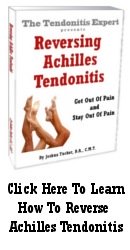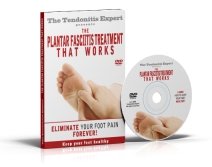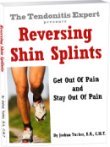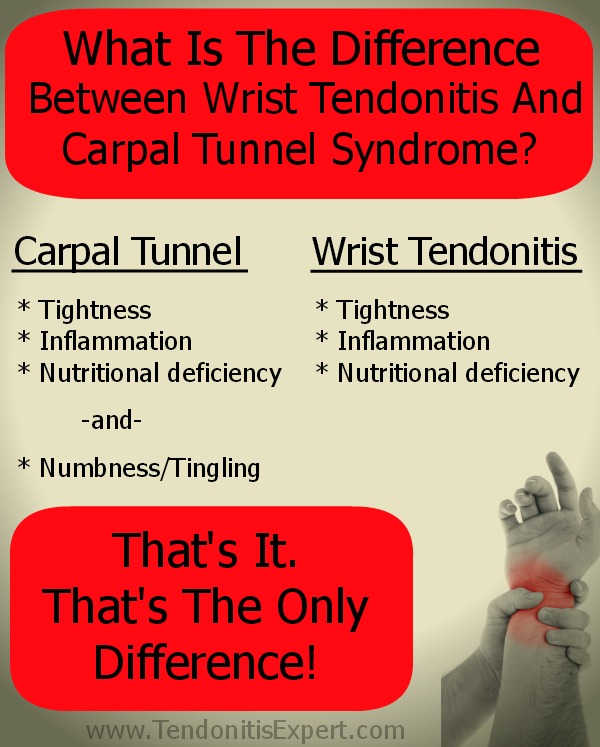Complete tear of right achilles tendon and reattachment surgery
by Robert Peacock
(Santa Rosa, California)
I had problems with the heel being inflammed for a year and a half. I finally resorted to the risky cortizone injection and a cast for 4 weeks to try to get it to heal. I was told there was an 80% success rate.
Initially there was some improvement.
I was walking on the beach this last Mothers day and stepped backward suddenly to avoid the water. I am sure that I partially tore the tendon then.
A week later I kicked an immovable object (accidently) full stride in my garage and the tendon ripped away completely. I had reattachement surgery a week later. Two weeks out of surgery, my doctors are not sure that they like what they are feeling in my heel.
My foot was put in a cast with the toe pointed (a pain in the butt and uncomfortable)I have 3 weeks to go in it, then maybe a walking cast to start bearing weight again.
Surgery was smooth, relatively pain free. They did an epidural which temporarily deadened everything, and I mean everything from the waist down.
It really stinking hurt later the night of surgery (out patient)and the next day.
Tip: Ask for Percocet and take them before the pain really kicks in.
Not in so much pain now. The new cast is waterproof so I can get in a pool now that it is summer. That is a nice break from the monotony of this injury.
I highly suggest renting a knee walker while recovering from this injury. It is a four wheeled manual scooter that you can glide around with.
It is also great for ensuring that you DO NOT place weight on the foot. It's too easy to screw up with crutches. Scars down the back of heal and in the right calf area.
----
Joshua Answers:
Hi Robert. Thanks for sharing that Achilles Tendon reattachment surgery experience.
The knee walker tip is a great idea.
And yeah, as pain returns to the surgery site after the painkillers wear off....that's a doozy!
Regardless of whether you had Tendonitis or Tendonosis that set the Achilles Tendon up for a tear, once the tear happens it's a totally different ballgame.
See: What Is Tendonitis?
Come on back when the cast comes off and we'll see what we can do for you self-care-wise to make sure you stay out of pain, speed your healing, etc.
----------------------
Please reply using the comment link below. Do not submit a new submission to answer/reply, it's too hard for me to find where it's supposed to go.
And, comments have a 3,000 character limit so you may have to comment twice.
-----------------------

Joshua Tucker, B.A., C.M.T.
The Tendonitis Expert
www.TendonitisExpert.com
| |
| Share Your Story Achilles Tendonitis Surgery Stories Carpal Tunnel Surgery Stories Plantar Fasciitis Surgery Stories Nerve Conduction Test Stories Share YOUR stories (and horror stories!). |
Comments for Complete tear of right achilles tendon and reattachment surgery
|
||
|
||
|
||



